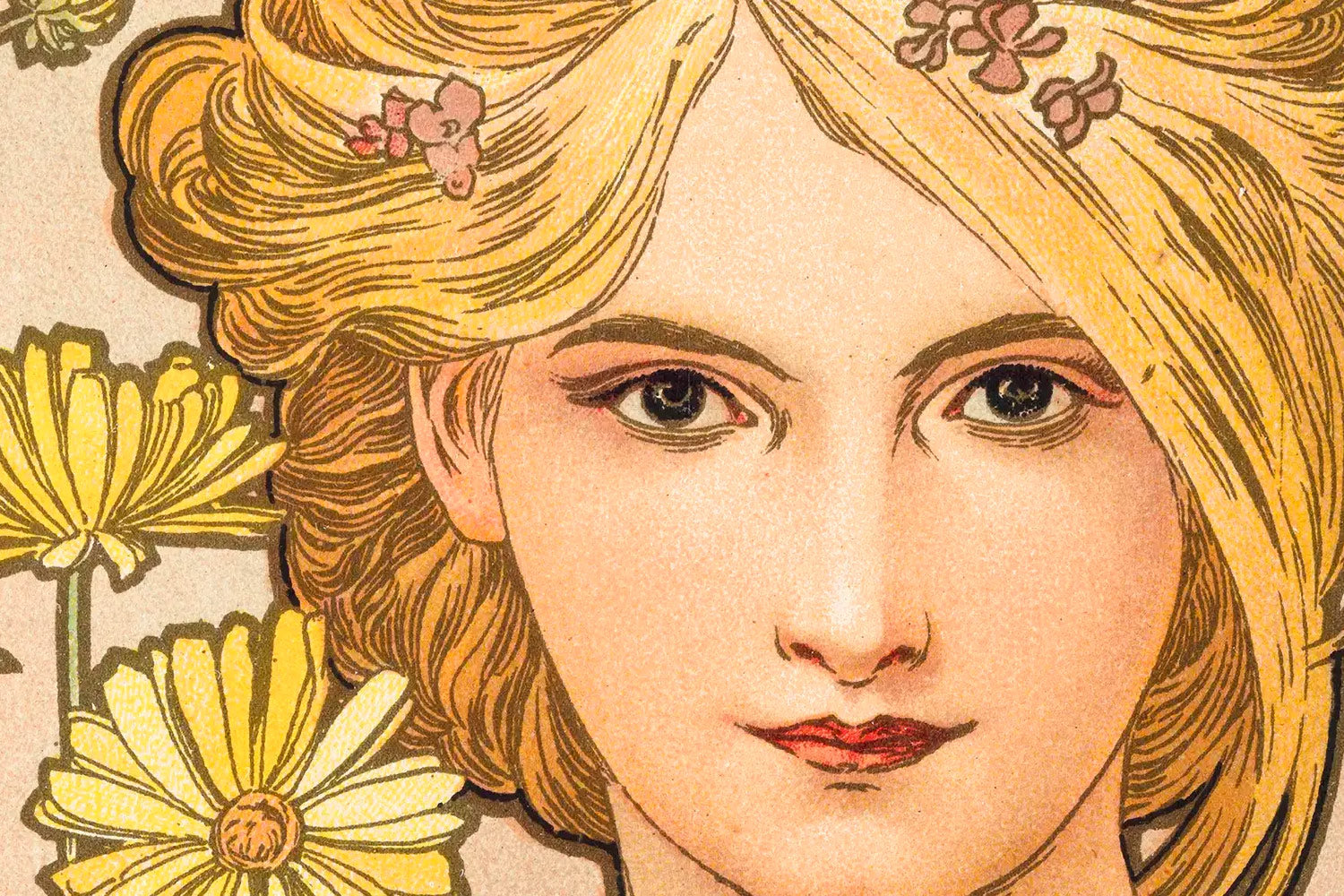Henri Rousseau: Trailblazer of Naive Art in Aotearoa
Introduction
Henri Julien Félix Rousseau is a name that’s closely linked with the Naive art style, carving out a distinctive spot in art history thanks to his self-taught methods and vibrant, dreamlike paintings. Born on 21 May 1844 in Laval, France, Rousseau’s path from a humble toll collector to a celebrated artist is as fascinating as his artwork. This profile takes a closer look at Henri Rousseau, exploring how he bucked the trends of his era to become a key figure in modern art.

Youth and Career
Rousseau’s early years were a far cry from the artistic world he would later inhabit. Growing up in modest circumstances in Laval, there was little to suggest the creative talent he would develop. He tried his hand at a few different jobs, including serving in the French Army during the Franco-Prussian War. After his military stint, he took up work as a toll collector in Paris—a role that earned him the nickname ‘Le Douanier’ (The Customs Officer), a tag that stuck with him for life.
Starting Out in Art
It wasn’t until his early forties that Rousseau really threw himself into painting, a passion that had quietly simmered since he was a kid. With no formal art schooling under his belt, he was determined to make waves in the art scene. His early paintings, marked by their straightforward lines and bright colours, were initially met with a fair bit of mockery from some of his peers. But Rousseau’s grit and fresh viewpoint gradually won over attention and respect.
Artistic Style and Themes
Rousseau’s work is instantly recognisable for its simple, naive style, often showcasing lush jungle scenes, exotic creatures, and mystical settings. He had a knack for depicting landscapes and figures with a childlike charm, yet there’s a subtle depth beneath the surface. His best-known pieces, like The Sleeping Gypsy and The Dream, highlight his imaginative flair, blending the real with the fantastical. Rousseau’s bold use of colour and detailed, almost surreal compositions became his signature, setting him apart from other artists of his time.
Recognition and Hurdles
Even with his unique talent, Rousseau often found it tough to gain acceptance in Paris’s traditional art circles. His unorthodox approach and lack of formal training were both a blessing and a curse, leading to mixed reviews from critics and the public alike. Nonetheless, his work eventually caught the eye of influential figures like Pablo Picasso, who admired Rousseau’s raw, unpolished style.
Legacy and Influence
Henri Rousseau passed away on 2 September 1910, leaving a legacy that continues to inspire artists today. His imaginative landscapes and dreamlike visions opened new doors in art, influencing movements such as Surrealism and encouraging artists to push beyond conventional boundaries. Nowadays, Rousseau is celebrated as a trailblazer of the Naive art movement, a testament to his lasting impact on the creative world.

Wrapping Up
Henri Rousseau’s journey from a toll collector to one of the most admired artists of his era is a cracking story that shows the power of persistence, imagination, and the guts to break from the norm. Born in 1844 in Laval, France, his early life was a far cry from the artistic world he would eventually come to lead. His job as a toll collector in Paris gave no clue of the remarkable legacy he would leave behind. Yet, it’s this very leap from the everyday to the extraordinary that continues to inspire many.
Rousseau’s foray into art was marked by his determination to teach himself. Without formal training, he crafted a unique style that was initially met with scepticism by the art establishment. Still, he kept at it, painting with a passion and vision all his own. His works, known for their vivid, dreamlike qualities and fine detail, began to capture the imagination of the art world. Rousseau’s paintings, often featuring lush, exotic jungles and mysterious figures, were unlike anything seen before and challenged traditional artistic norms.
What made Rousseau’s art stand out wasn’t just its naive style but its ability to spark wonder and mystery. His surreal, almost magical landscapes and scenes created a bridge between reality and fantasy, inviting viewers into a world entirely of his own making. Masterpieces like ‘The Sleeping Gypsy’ and ‘The Dream’ perfectly showcase this, blending the real with the imagined. These works, with their striking colours and intricate details, have left a lasting impression on the art world and continue to be celebrated for their originality and beauty.
Rousseau’s influence goes well beyond his innovative style. He challenged the status quo, proving that formal schooling and traditional routes aren’t the only paths to success. His life is a powerful reminder of the limitless potential of self-taught talent and the importance of chasing your passion despite the odds. His story is especially inspiring for those starting creative journeys later in life or from less conventional backgrounds. Rousseau’s legacy shines as a beacon of hope, encouraging aspiring artists to follow their dreams, no matter where they begin.
You can see Rousseau’s impact in the works of many who came after him, especially within Surrealism. Artists like Salvador Dalí and Frida Kahlo, known for their dreamlike and imaginative creations, drew inspiration from Rousseau’s ability to turn the canvas into a realm of fantasy. His influence also stretches beyond painting, touching literature, film, and other art forms. The dreamlike feel of his work, with its otherworldly scenes, continues to inspire creatives across all sorts of mediums.
Today, Henri Rousseau is celebrated as a pioneer—an artist who dared to be different and, in doing so, reshaped the art world. His works hang in some of the most prestigious galleries globally, admired for their unique vision and timeless beauty. Exhibitions of his art still draw big crowds, proving the enduring appeal and relevance of his creations. Rousseau’s story, from toll collector to world-renowned artist, is a testament to human potential and the transformative power of creativity.
To sum up, Henri Rousseau’s life and work represent more than just an important chapter in art history. They embody the spirit of innovation and the lasting impact of following your passion against all odds. His legacy continues to inspire, challenge, and captivate, serving as a powerful reminder of what’s possible when you dare to dream and keep chasing those dreams. Rousseau’s extraordinary journey from the everyday to the legendary will forever stand as a beacon of inspiration for generations ahead.



Leave a comment
This site is protected by hCaptcha and the hCaptcha Privacy Policy and Terms of Service apply.